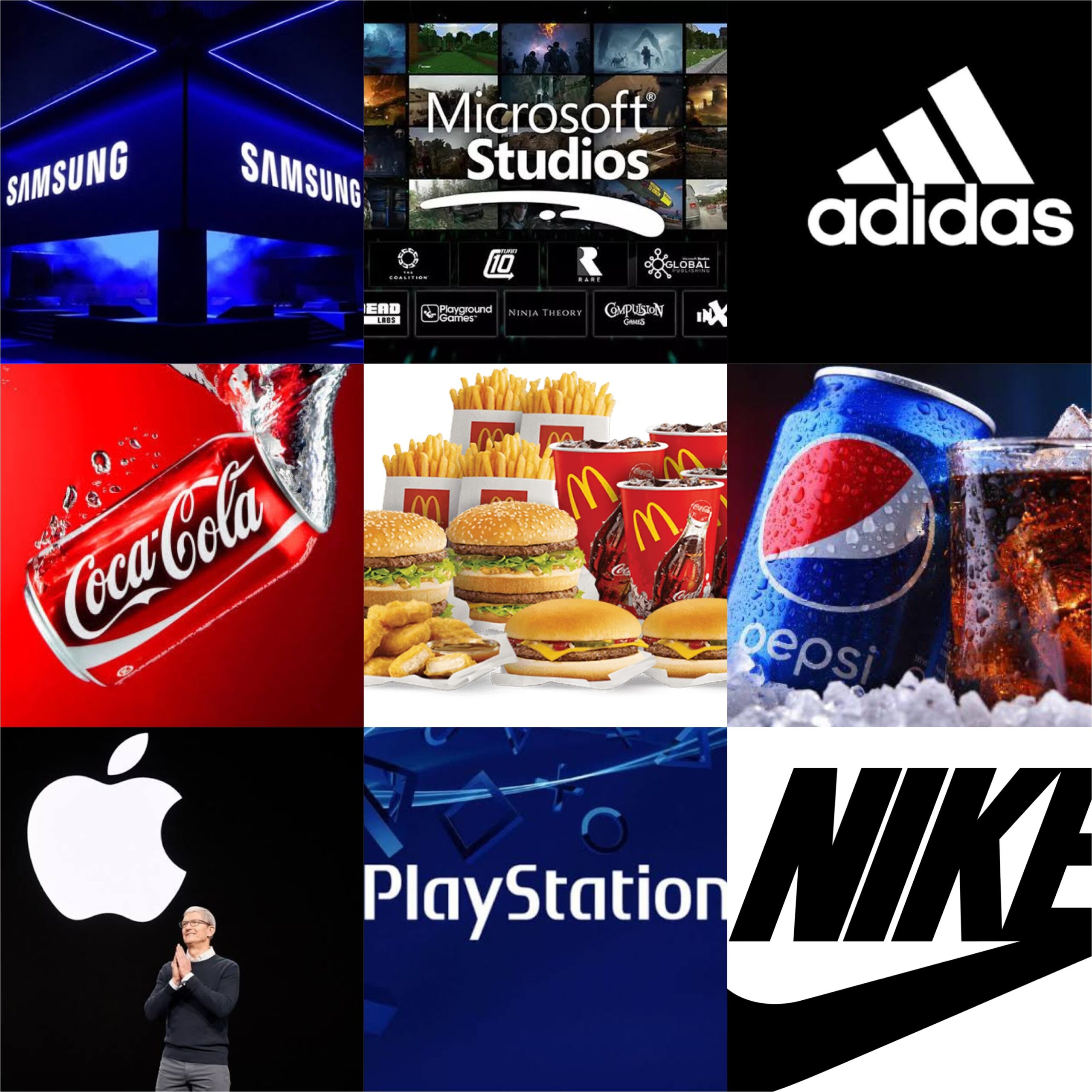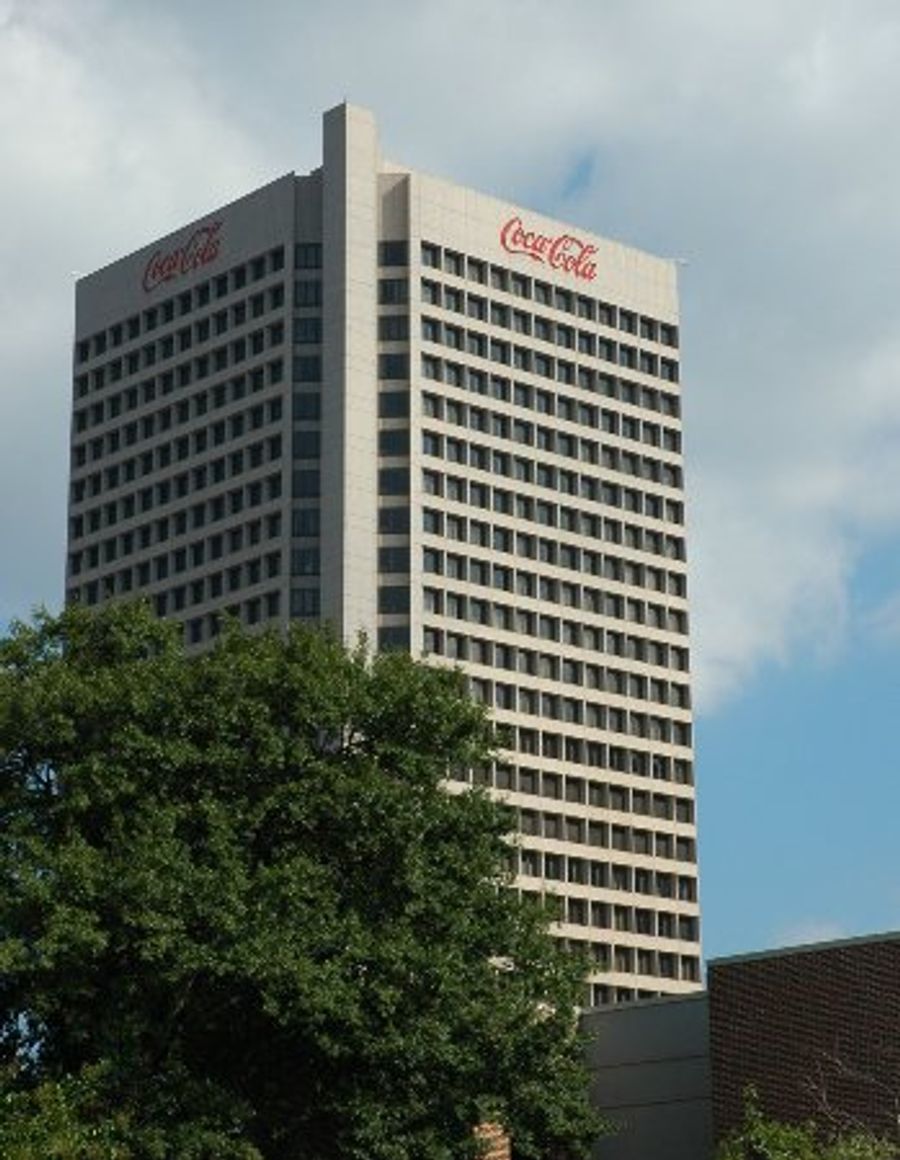By Zion Rufus
Brand rivalries have been shaping industries, spurring innovation, and captivating consumers for decades.
From Coca-Cola vs. Pepsi to Apple vs. Samsung, these iconic battles define market dynamics and drive fierce competition as they ensure strong engagement from consumers who become enthusiastic participants in the ongoing debate over which brand reigns supreme.
These iconic brand wars have repeatedly demonstrated how rivals use contrasting strategies and aggressive marketing tactics to differentiate and establish emotional connections with consumers. Their one-upmanship has also been known to drive innovation and cement fierce brand loyalty.
See below five of the most famous brand wars and our takeaways from each clash.
Coca-Cola vs. Pepsi: The Cola Wars
The rivalry between Coca-Cola and Pepsi dates back to the late 19th century, when both companies were among the first to market carbonated soft drinks. This epic battle truly heated up in the 1970s with the “Pepsi Challenge,” where Pepsi claimed its cola tasted better in blind taste tests, putting Coca-Cola on the defensive.
A pivotal moment came in 1985 with the launch of “New Coke,” an attempt by Coca-Cola to reformulate its classic recipe in response to Pepsi’s growing market share. The new flavor was met with widespread consumer backlash, leading to a swift return to the original formula under the name “Coca-Cola Classic.”
Commenting on long standing rivalry between Pepsi and Coca-Cola in a conversation with Marketing Edge, James Dooley, Founder of PromoSEO noted that both brands have focused on “emotional branding”.
“Coca-Cola associates itself with happiness and shared experiences, while Pepsi aligns with youth culture and celebrity endorsements,” Dooley said.
Our Takeaways:
Emotional Branding: Tapping into feelings and shared experiences can create powerful consumer connections.
Market Responsiveness: Being agile and responsive to consumer feedback is crucial.
Innovation Risks: Bold changes can backfire without thorough market testing.
Apple vs. Samsung: The Tech Titans
The smartphone rivalry between Apple and Samsung ignited in the late 2000s with the launches of Apple’s iPhone and Samsung’s Galaxy Android phones. A key moment was Apple’s 2011 patent lawsuit against Samsung over design similarities, highlighting the fierce competition between the two.
According to Dooley, “Apple has positioned itself as an innovative leader with simple, user-friendly products, illustrated by campaigns like the iconic ‘1984’ ad portraying them as a disruptor. Samsung counters by mocking Apple while touting superior hardware innovation and customizability.”
Our Takeaways:
Innovation Leadership: Positioning as a leader through continuous innovation can build a loyal customer base.
Distinctive Marketing: Differentiating through unique marketing campaigns can enhance brand identity.
Competitive Edge: Leveraging product strengths, like hardware innovation, can carve out a significant market share.
Nike vs. Adidas: The Sneaker Showdown
The decades-long rivalry between Nike and Adidas first emerged in the 1960s, as both vied to have pro athletes endorse their footwear. Nike’s landmark signing of Michael Jordan in 1984 for its new “Air Jordan” line was a major coup over Adidas, propelling Nike to the forefront of the sportswear market.
“Nike’s brand strategy is inspirational, pushing athletes to greatness through its ‘Just Do It’ ethos. Adidas counters with a focus on authenticity, style, and cultural relevance beyond just performance,” Dooley explained.
Our Takeaways:
Inspirational Marketing: Motivational campaigns can resonate deeply with consumers.
Cultural Relevance: Staying culturally relevant can broaden brand appeal.
Star Power: Celebrity endorsements can significantly boost brand visibility and credibility.
McDonald’s vs. Burger King: The Fast Food Feud
The rivalry between McDonald’s and Burger King dates back to the 1950s, when both began expanding their franchises across the United States, aiming to dominate the burgeoning market for convenient, affordable meals.
The “Big Mac vs. Whopper” debate over which burger was bigger and better has defined this brand war for decades.
Where McDonald’s leans into family-friendly value pricing and marketing like the Happy Meal, Burger King cultivates a quirkier, adult-oriented brand personality through edgy ad campaigns and product releases like the Impossible Whopper.
Takeaways:
Targeted Marketing: Tailoring marketing strategies to specific demographics can create a strong brand identity.
Innovative Products: Introducing unique products can differentiate a brand in a crowded market.
Brand Personality: Developing a distinctive brand personality can attract and retain a loyal customer base.
Microsoft vs. Sony: The Gaming Goliaths
The battle between Microsoft’s Xbox and Sony’s PlayStation consoles began with the Xbox’s launch in 2001, following the massive successes of Sony’s first PlayStation console in 1994 and PlayStation 2 in 2000. Key fronts in the war have included graphics capabilities, exclusive game titles, and online gaming networks.
Microsoft positioned the Xbox as a versatile home entertainment hub beyond just games. Sony, on its part, touted the PlayStation’s cutting-edge hardware focused on an immersive, technically superior gaming experience.
Our Takeaways:
Versatility: Offering a multi-functional product can attract a broader audience.
Technical Excellence: Investing in cutting-edge technology can enhance user experience and brand prestige.
Exclusive Content: Securing exclusive content can be a significant competitive advantage.







Comment
No comments found.